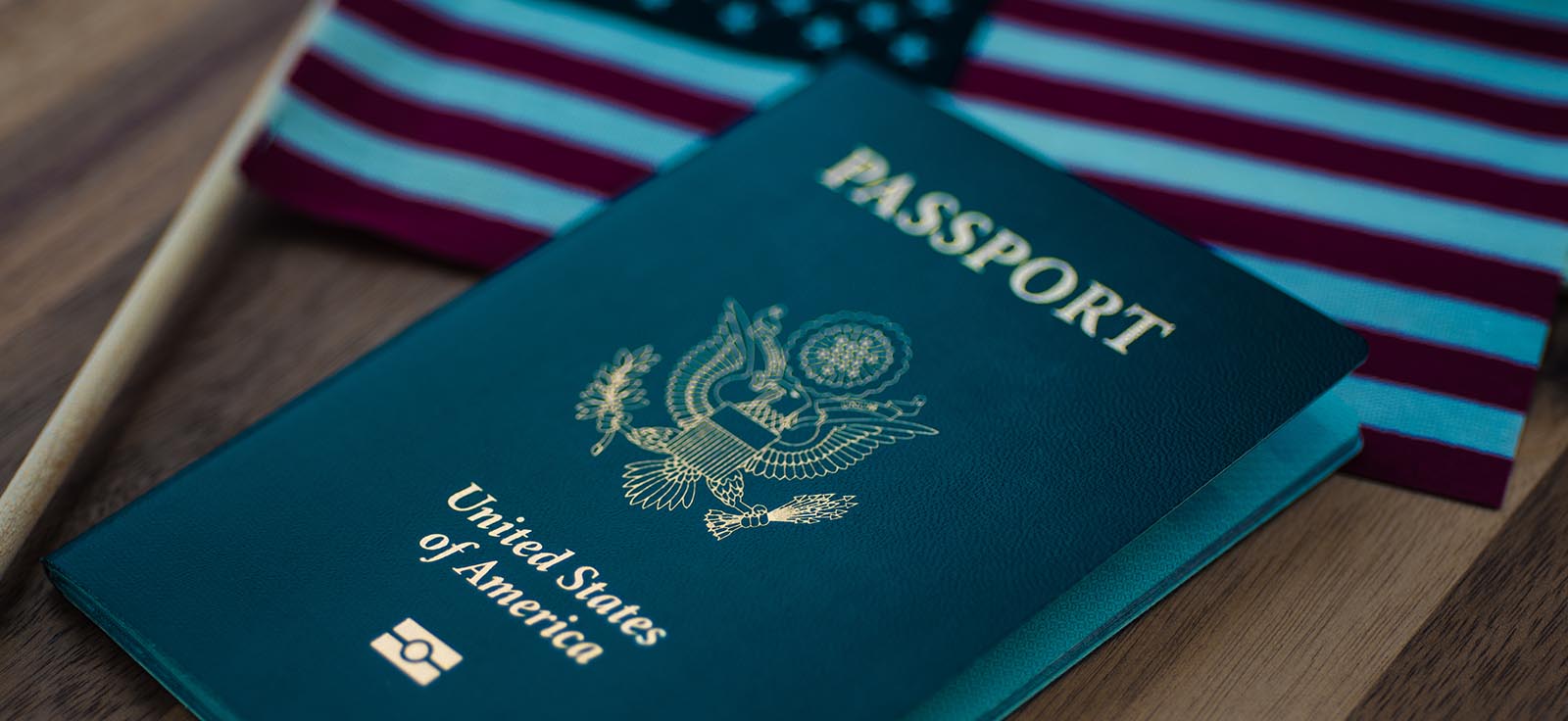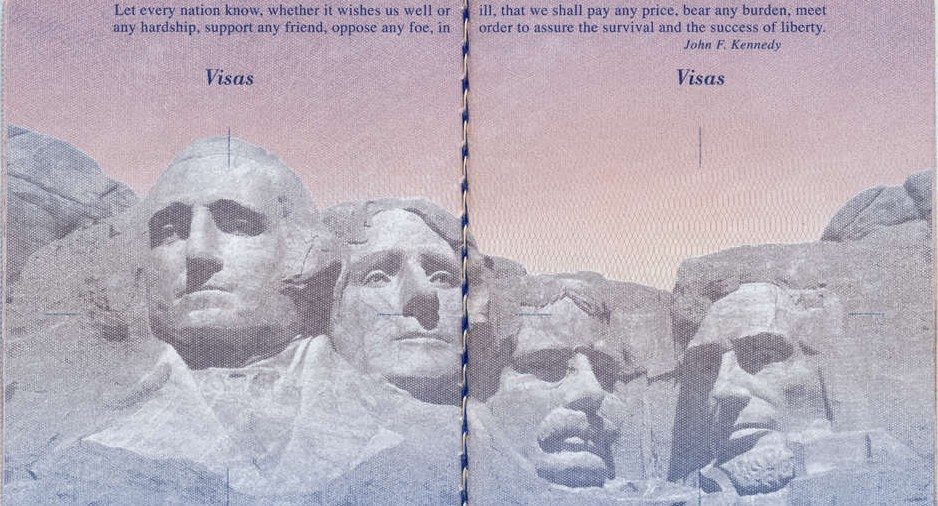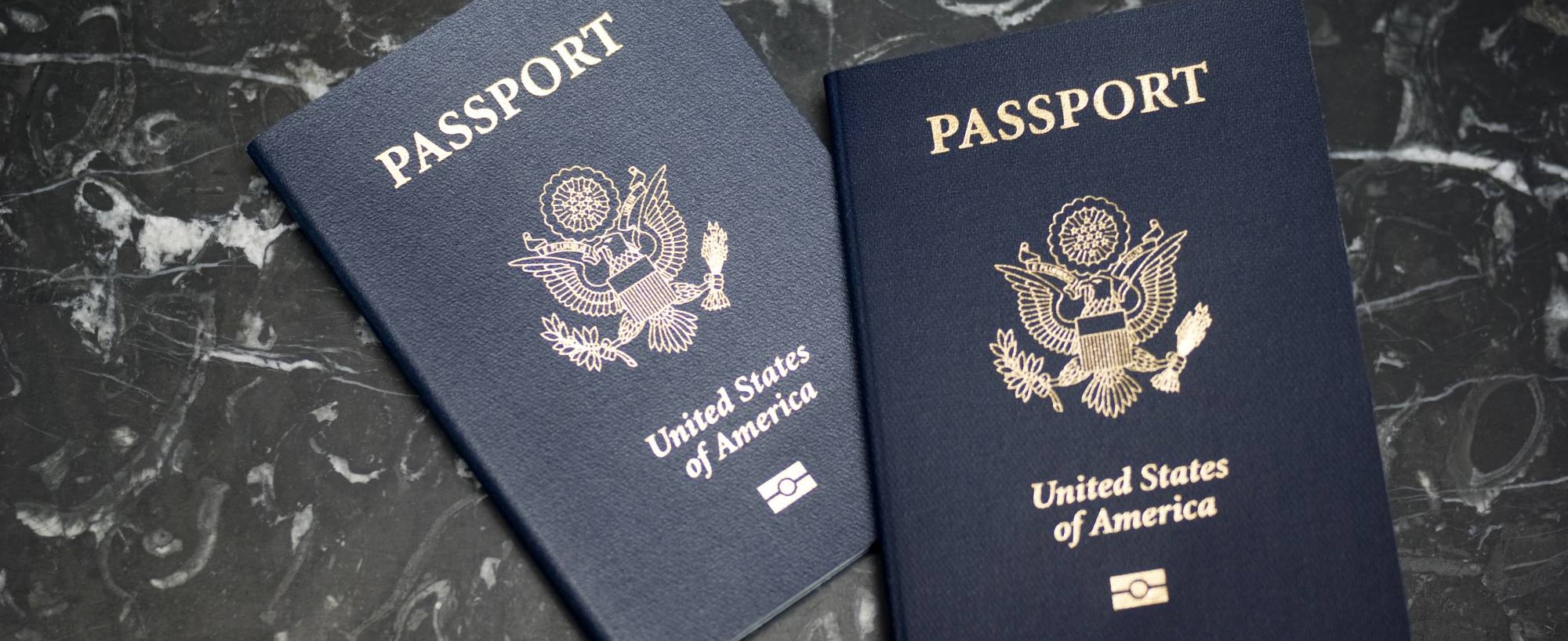US Passport
United States Passport
Unites States Passports are passports issued to citizens and nationals of the United States of America. They are issued exclusively by the U.S. department of State. Besides passports (in booklet form), limited use passport cards are issued by the same government agency subject to the same requirements. It is unlawful for U.S. citizens and nationals to enter or exit the United States without a valid U.S. passport or Western Hemisphere Travel Initiative-compliant passport-replacement document, though there are many exceptions, waivers are generally granted for U.S. citizens returning without a passport, and the exit requirement is not enforced.
U.S. passport booklets conform with recommended standards (i.e., size, composition, layout, technology) of the International Civil Aviation Organization (ICAO). There are five types of passport booklets. The Department of State has issued only biometric passports as standard since August 2007. United States passports are property of the United States and must be returned to the U.S. government upon demand.
History
The design and contents of U.S. passports changed over the years. Prior to World War I the passport was typically a large diploma, with a large engraved seal of the Department of State at the top, repeated in red wax at the bottom, the bearer’s description and signature on the left and his name on the right above space. In 1926, the Department of State introduced the type III passport. This had a stiff red cover, with a window cut-out through which the passport number was visible. That style of passport contained 32 pages.
American passports had green covers from 1941 until 1976, when the cover was changed to blue, as part of the U.S. bicentennial celebration of 1975-1977, and remained blue afterwards until 1993. Green covers were again issued from April 1993 until March 1994, and included a showcasing landscapes of the United States as well as places and objects of significance to U.S. history were introduced.
Initially, a U.S. passport was issued for 2 years, although by the 1950s the passport holder could apply for their passport to be stamped so that the validity would be extended without reissue. Stamping for a further extension was not permitted. In the succeeding decades the periods of validity for adult applicants were gradually extended to three, five and eventually ten years which is the current standard.
In 1981, the United States became the first country to introduce machine-readable passports. In 2000, the Department of State started to issue passports with digital photos, and as of 2010, all previous series have expired. In 2006, the Department of State began to issue biometric passports to diplomats and other officials. Later in 2006, biometric passports were issued to the public. Since August 2007, the department has issued only biometric passports, which include RFID chips.
The United States participates in the Five Nations Passport Group, an international forum for cooperation between the passport issuing authorities in the United Kingdom, Canada, New Zealand, and Australia to "share best practices and discuss innovations related to the development of passport policies, products and practices".
The United States Department of State is expected to introduce a next generation passport. The passport will have an embedded data chip on the information page protected by a polycarbonate coating; this will help prevent the book from getting wet and bending, and—should a passport be stolen—the chip will keep thieves from stealing personal information and falsifying an identity. The passport number will also be laser cut as perforated holes that get progressively smaller through pages—just one of several components of the "Next Generation" passport, including artwork upgrade, new security features such as a watermark, "tactile features," and more "optically variable" inks.
U.S. passport abroad
Visa requirements for U.S. citizens are administrative entry restrictions by the authorities of other states placed on citizens of the United States. As of 2021, holders of regular U.S. Citizen passports had visa-free or visa on arrival access to 187 countries and territories, ranking the U.S. Citizen passport 7th in the world in terms of travel freedom.


